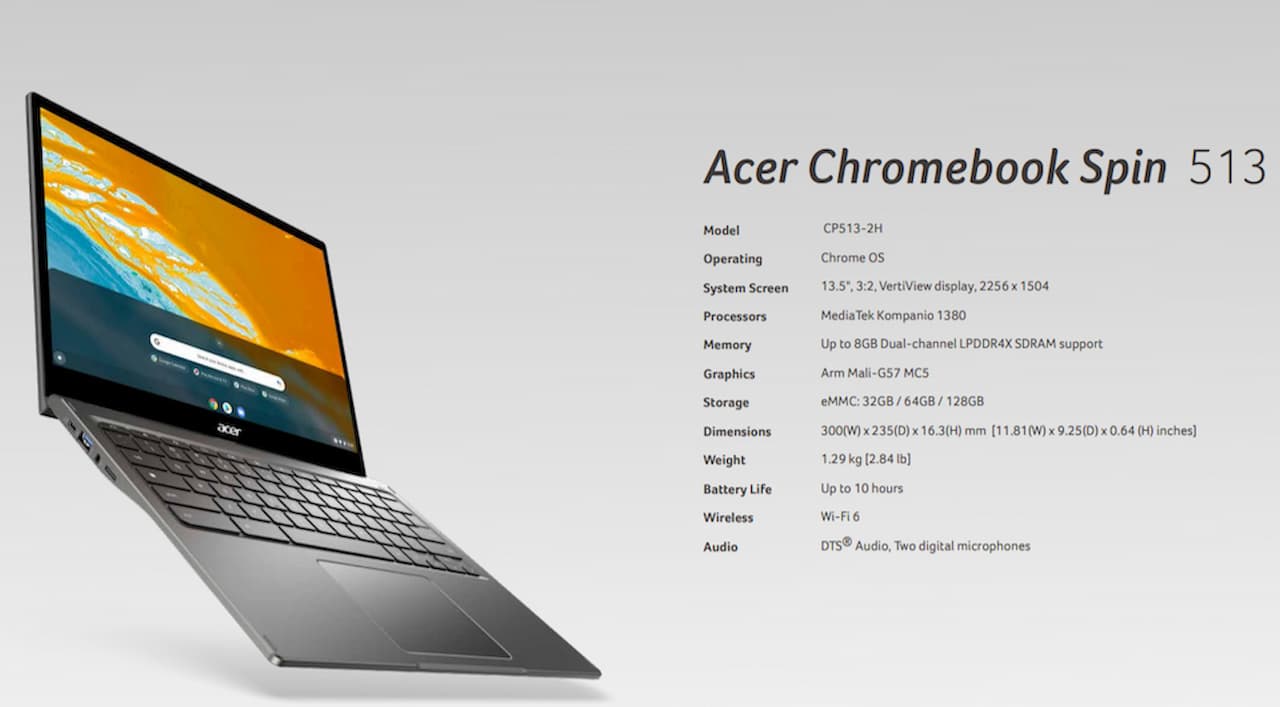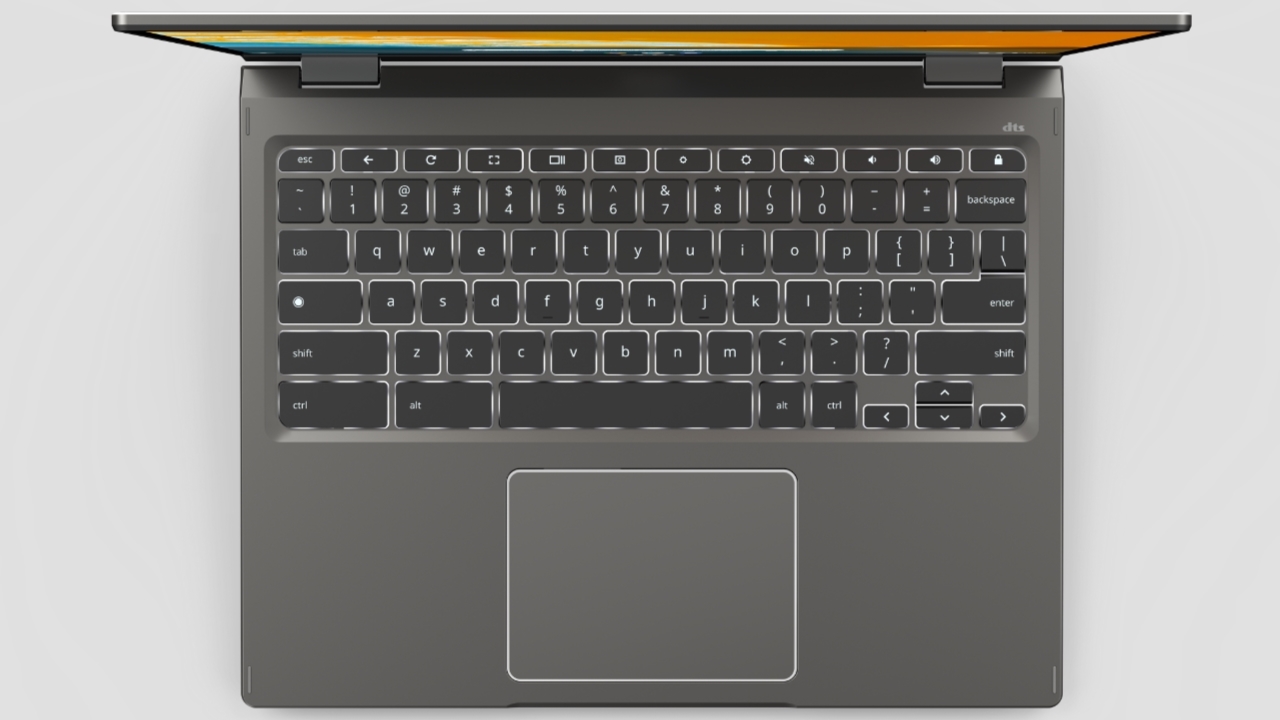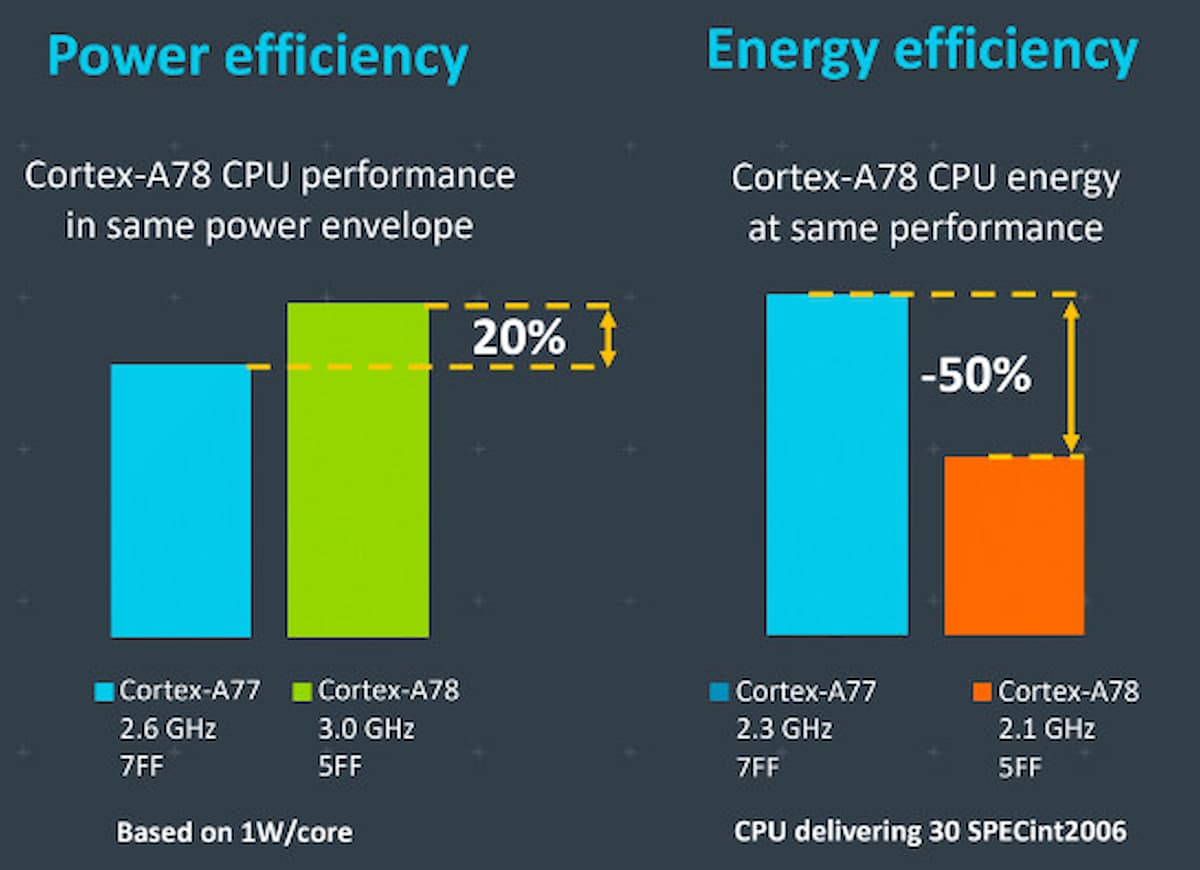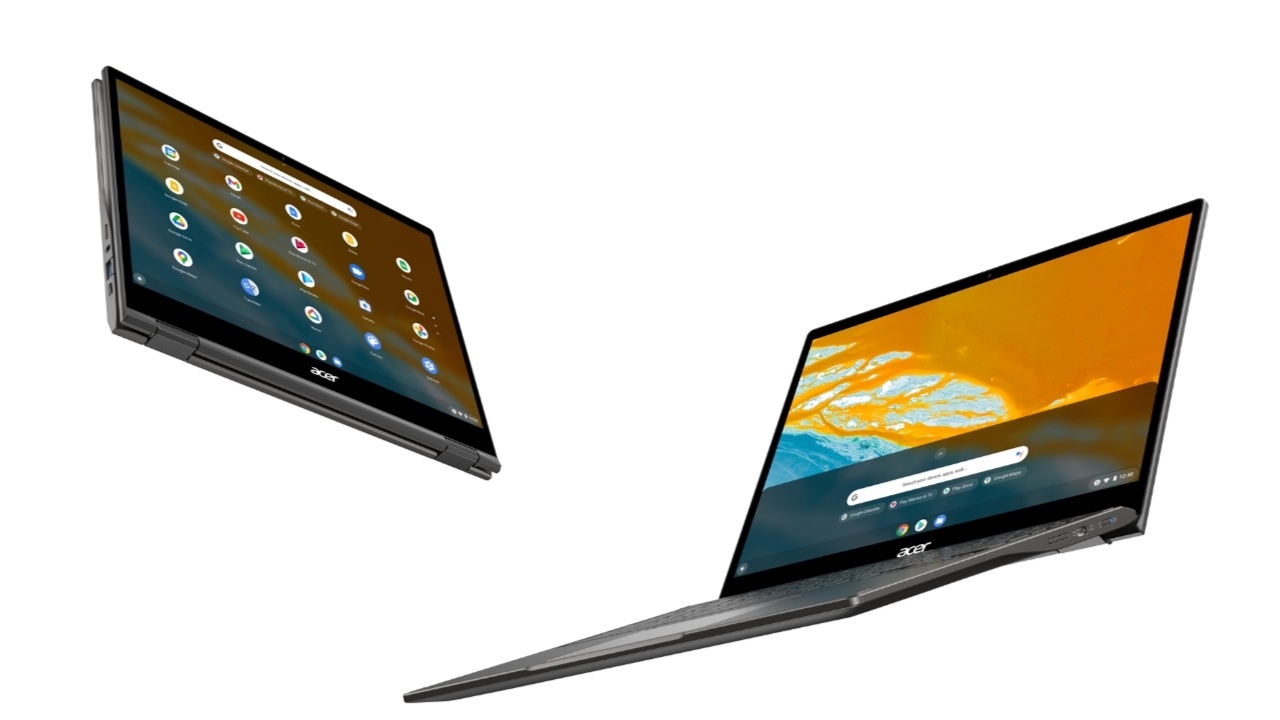After a long wait, the first Chromebook with a MediaTek Kompanio 1380 chipset is available. Amazon is listing the 2022 Acer Chromebook Spin 513 for $614.99. That sounds like a big chunk of change for an ARM-based Chromebook. And it is. But the Kompanio 1380 looks to deliver performance at least on par with a recent Pentium or a Core i3 from just a year or two ago. It should also provide much better battery life.
I’ll get back to the processor in a minute. But first, consider what else that just over $600 price includes, based on the listing spotted by Chrome Unboxed.

The 13.5-inch display comes in that 3:2 aspect ratio that I prefer so much over a widescreen monitor. And the 2022 Acer Chromebook Spin 513 packs in the pixels too: It’s a 2256 x 1506 resolution touch panel with 360 nits of brightness. You also get a backlit keyboard and generously sized, at least for a 13.5-inch Chromebook, Gorilla Glass trackpad.

This model has the full 8 GB of memory available, which is a nice plus. That means more open browser tabs and apps open at one time without much of a performance hit. There’s a pair of USB Type-C ports, one flanking each side of the chassis, and a standard USB Type-A port as well.
A microSD card slot is there to supplement the 128 GB of eMMC storage. A microphone/headphone combination jack, dual-band Wi-Fi 6, and Bluetooth 5 radios, plus a 720p webcam. Yeah, I wish it was a 1080p camera sensor too, but what can you do?
The entire package weighs under 3 pounds and should see 10 to 11 hours of run-time on a charge per Acer’s testing. In terms of typical real-world usage, I’d expect at least 8 hours from that battery when paired with the MediaTek Kompanio 1380.
Speaking of which, let’s get back to that chipset.
The Kompanio 1380 design is an octa-core chip with four Cortex A78 cores meant for high-performance computing. Each of these cores is capable of running at a super speedy 3 GHz clock speed, although they may be limited to help with battery performance in the Acer Chromebook Spin 513. Also helping battery life is the fact that the chip is built on a small 6-nanometer process. Another four efficiency cores are used for low-compute activities and they’re built on the Cortex-A55 architecture.
What this means is that you get high performance when you need it and high efficiency when you don’t. Here’s a slide showing now the A78 cores improve power efficiency over the older A77 chipsets used in previous devices:

When it comes to performance, the Kompanio 1380 might be a step behind a Qualcomm Snapdragon 8cx chip. I say might because I haven’t compared the two. I’m going based on the actual hardware specifications and capabilities.
Even so, there should be a noticeable performance boost between the new Acer Chromebook Spin 513 and any Chromebook using the older Snapdragon chipsets. These include the Lenovo Duet 3 and Duet 5 Chromebooks, for example, not to mention the HP Chromebook x2 11.
And frankly, for most people, the Lenovo Duet 5 Chromebook has more than enough oomph for daily use. It’s more akin to a recent Intel Pentium for many tasks. But unless you’re doing hardcore programming in Linux or something else that’s processor-intensive over time, that’s enough for mainstream usage.
So is the $614.99 price tag too high?
At first glance, it might appear to be. Dig deeper though and it’s not what I’d call unreasonable. You’re getting many of the features from my 2021 Chromebook of the Year, the Acer Chromebook Spin 713. Sure, you’re swapping out the processor which might diminish performance. But you’re going to get better battery life and more than good enough horsepower for most people.
I’m hoping to get my hands on a review unit in the coming weeks, so stay tuned. In the meantime, if you have questions you want answered in that review, drop them down below.



5 Comments
In my opinion any computing device that is being released today, positioned as a mid range or above, and does not ship with a biometric option, is an instant ‘no buy’ and quite honestly needs to be shamed. I absolutely detest having to enter my LastPass master password 10 times a day on my Chromebook.
I don’t know about shaming, but, this seems like too many tradeoffs for this pricepoint. The 8gb of RAM is nice. I’d imagine this gets down to $400 regularly with sales, and I might be interested in this at $399.
“But the Kompanio 1380 looks to deliver performance at least on par with a recent Pentium or a Core i3 from just a year or two ago.”
Fascinating that consumers will be able to get their hands on this as early as tomorrow yet absolutely no benchmarking information is available on the MediaTek MT8195 series. It will get out eventually. Will people pay $600 for less performance than an Intel Core i3-10110U device provides? As the otherwise excellent HP 11 x2 now has a permanent 50% markdown with is competitor Lenovo Duet 5 experiencing similar we know the answer to this.
Now not everyone is a developer who wants to run VSCode or Android Studio on their Chromebooks. But Pentium performance means that other chromeOS prosumers will also want something extra for that price, like an integrated 5G modem for Zoom and Meet or a better GPU than the G57 for Asphalt 9 Legends and LumaFusion.
Note that the Android version of this chip – the Dimensity 1200 – has the G77 MP9 GPU. It was just released in a small tablet form factor for $340. Even worse, another company is marketing a similar Windows 11 device with a 12th gen Intel Pentium for $300 and an AMD RDNA 2 for $500. Can any of these chipmakers and manufacturers explain why chromeOS consumers should pay more for in return for less performance than Android and Windows alternatives offer?
“Even worse, another company is marketing a similar Windows 11 device with a 12th gen Intel Pentium for $300 and an AMD RDNA 2 for $500. Can any of these chipmakers and manufacturers explain why ChromeOS consumers should pay more for in return for less performance than Android and Windows alternatives offer?”
Well put. This is a consistently worsening problem with the Chromebook market – significantly worse hardware for prices that would otherwise get your 5x-10x powerful Windows machines. This is the gap that Google needs to address and reduce to a great extent. For what it’s worth, the $1200 PixelBook was not helpful. The recent machine that HP launched as an ‘enterprise’ Chromebook was a travesty.
“The recent machine that HP launched as an ‘enterprise’ Chromebook was a travesty.”
Not really, the Windows 11 Dragonfly laptops cost the same or more. It just looks egregious because we have gotten so few 11th and 12th gen Core i5 and higher Chromebooks – and absolutely no Chromebooks with newer AMD CPUs – because of the shortage.
Instead the issue is strange pricing decisions for ARM Chromebooks. Last year it $500 for devices with a 3 year old Snapdragon 7c SOCs that I was surprised were still even being manufactured. This year it is $600+ for MT1380 devices that don’t give 12th gen Intel Pentium performance. The funny thing: ARM chips don’t even cost that much. The Snapdragon 765G only cost about $40 per chip to OEMs. And dual core x86 Chromebooks can also have 8+ hours battery life, though probably not as thin or fanless. For $400 the MT1380 would make a great device but $650 is right about what the Ryzen 5 Chromebooks with the “pretty good” Radeon iGPUs will cost later this year.